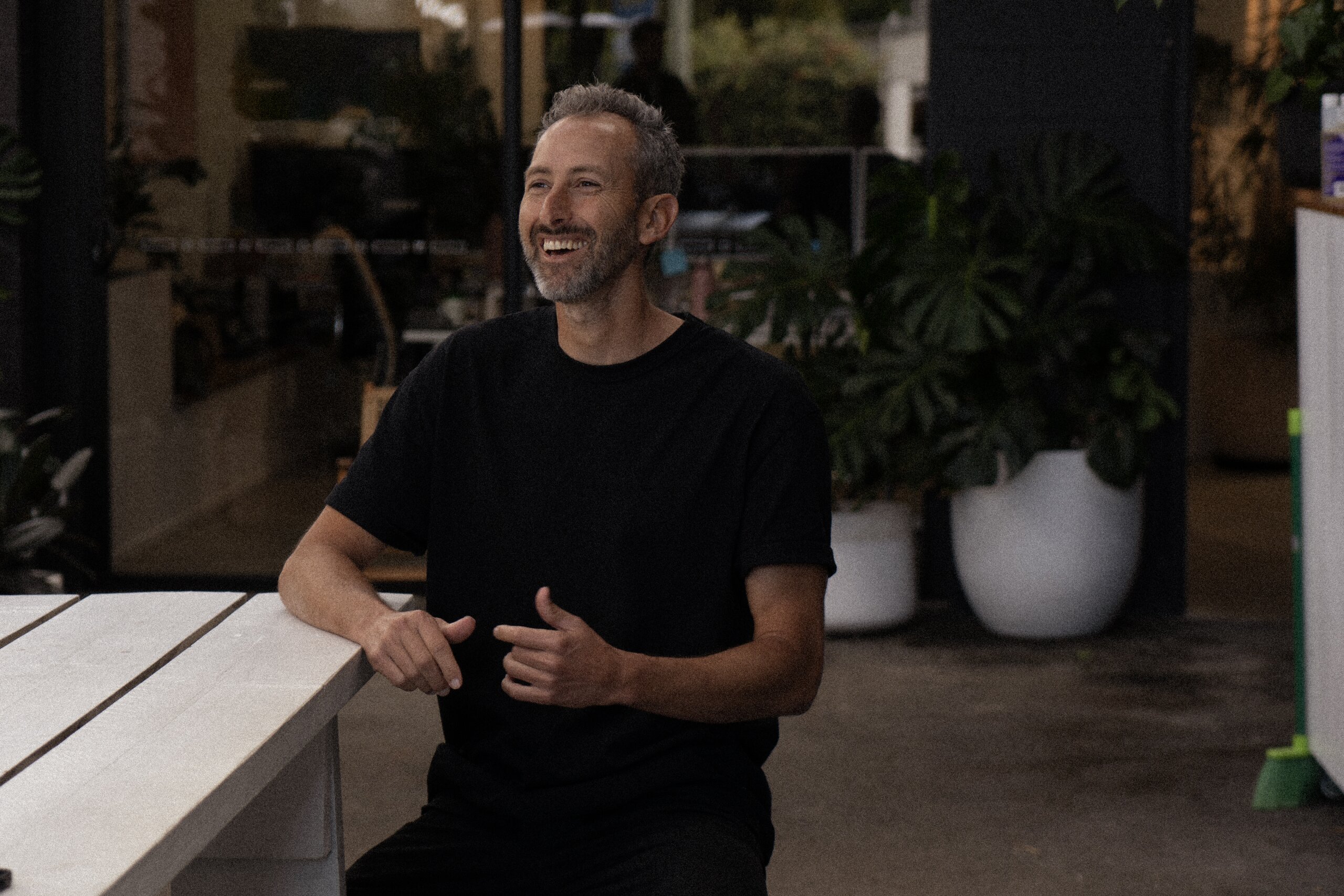Clients are choosing between you (and three others).
You’re probably one of three tabs open on their laptop. Same pitch. Same promises. Same “trusted partner” language. Let’s not beat around bush. When someone’s looking to hire a professional services firm, it’s a shortlist situation.
So how do they decide?
They’re not diving deep into your methodology or interrogating your years of experience (not yet, anyway). They’re skimming. Feeling it out. They’re looking for signs that you get it. That you’re sharp. That you won’t make them look bad in front of their colleagues.
In professional services, people don’t buy products—they buy people. And that changes everything about how your brand needs to work.
Clients Don’t Just Buy Expertise—They Buy Trust
Professional services are high-risk, high-investment purchases. No one’s clicking “add to cart.” Decisions are slow, emotional, and built on perception as much as performance.
The three most intrusive thoughts a buyer goes through are;
Do they seem credible?
Do they understand our world?
Will they make me look good?
Before someone ever books a call, you can bet they’ve lurked. They’ve clicked. They’ve formed opinions. They’ve checked out the founders on LinkedIn. Read a case study or two. According to Hinge Research, over 80% of buyers do this. And 70% rule you out based on what they see.
If your brand looks like it was pulled together in Canva, you’ve already lost the pitch. Not because your work’s no good—but because you didn’t give them a reason to believe it.
And no, it’s not just about looking good.
It’s about feeling right. It’s about trust. Familiarity. Confidence.
Clients want to see that you’ve done this before. That you understand their world. That you’re not going to waste their time.
And if your brand looks and sounds like every other company in your category, there’s no reason to pick you. 31% of buyers say they won’t even consider a firm that doesn’t stand out in some way.
That’s nearly a third of your sales pipeline gone—not because of price, capability, or culture. Because you looked and talked the same as everyone else.
Your brand is already saying something.
Whether you’ve invested in it or not, your brand is sending signals. Every brand asset, your website, your team photography, your proposal decks, your pitch slides—it’s all shaping how people see you.
That’s what brand identity does. And no, we’re not just talking about a clever logo and some nice colours. This is about how you show up. The feeling you give off. The words you use to describe how you can help.
Here’s the difference between blending in and standing out;
Weak Brand Identity | Strong Brand Identity |
Generic name, stock visuals | Distinct name, cohesive visual system |
Jargon-filled “About Us” | Clear, confident positioning |
Inconsistent proposals | Branded, polished pitch decks |
Compete on price | Win on value and trust |
The difference is not just aesthetic—it’s strategic.
Brands that go deep on identity, grow faster. Literally.
This isn’t theory. The data’s clear, services businesses with a strong, well-defined brand grow twice as fast and are almost three times more profitable than those that don’t bother. Why? Because they:
Attract better-fit clients.
Win more pitches.
Command better fees.
Deliver a more consistent experience.
And that starts with how you show up.
It’s not about shouting louder. It’s about showing up sharper.
The professional service brands that win aren’t always the biggest. They’re the ones who understand their positioning the best and wrap a strong identity around it. The ones that make it easy for a client to say yes. And the ones who know that a brand isn’t just a logo—it’s a shortcut to trust.
So yeah, clients are choosing between you and three others. But with the right identity, you can make that choice a hell of a lot easier.
